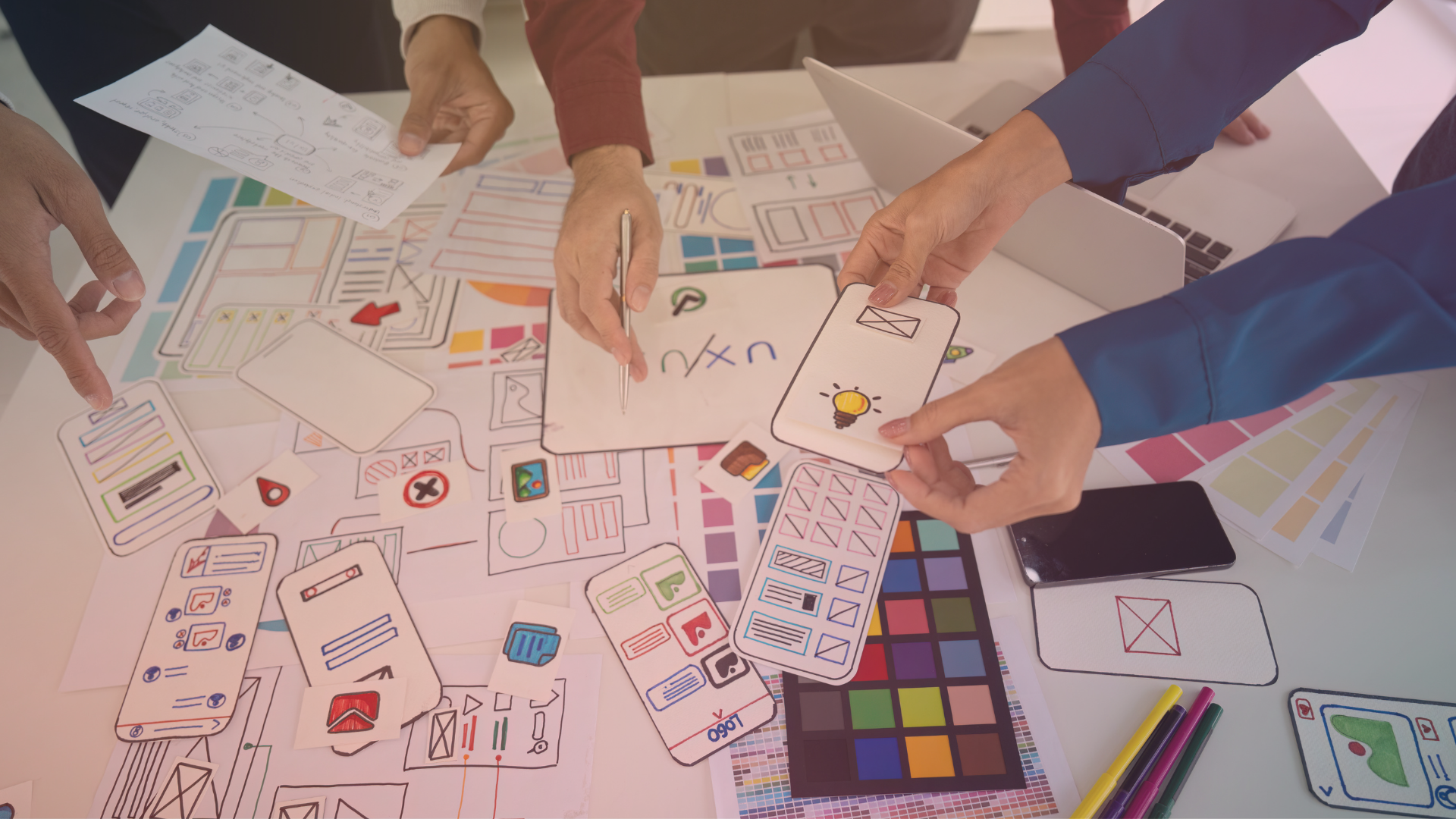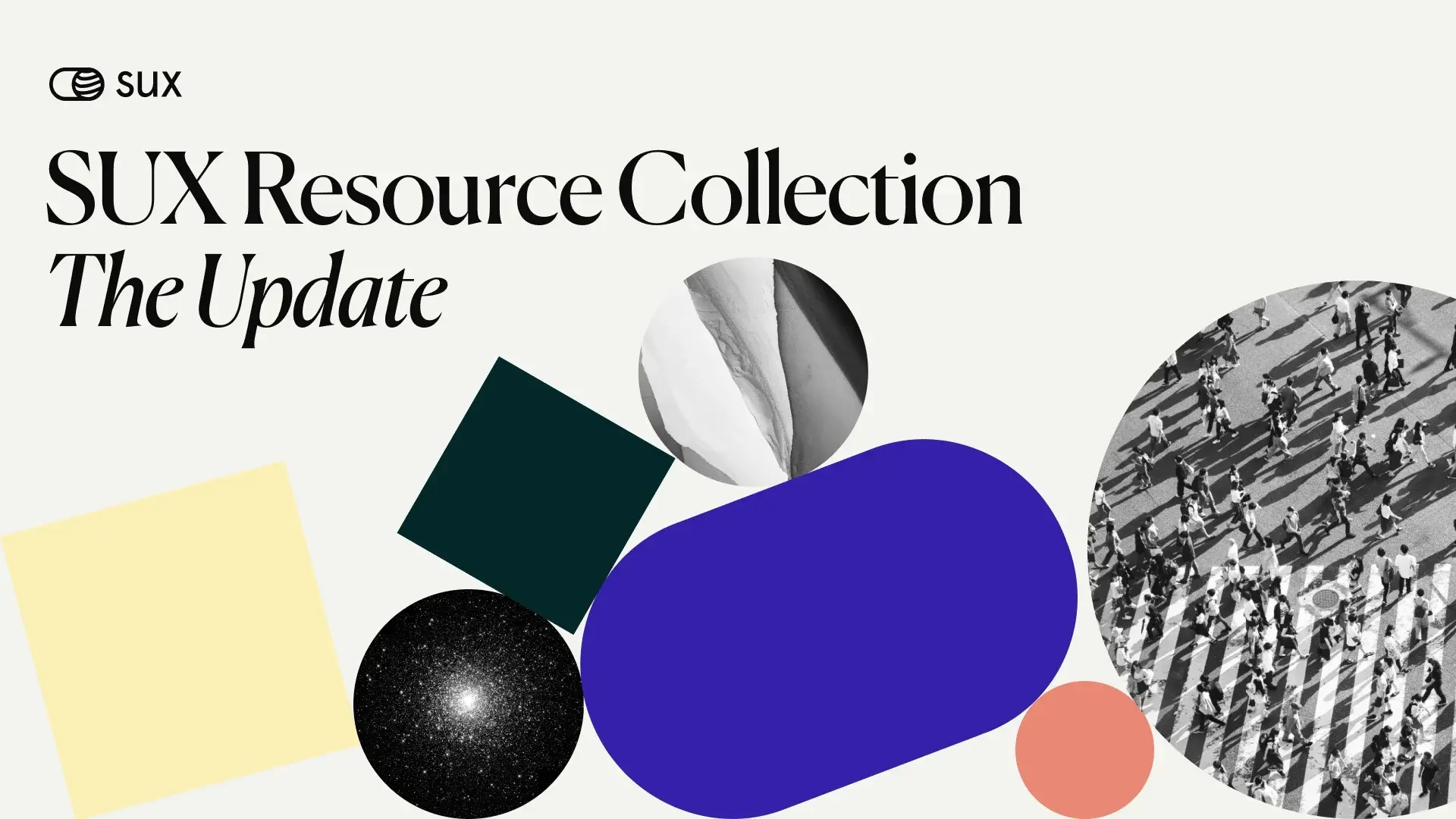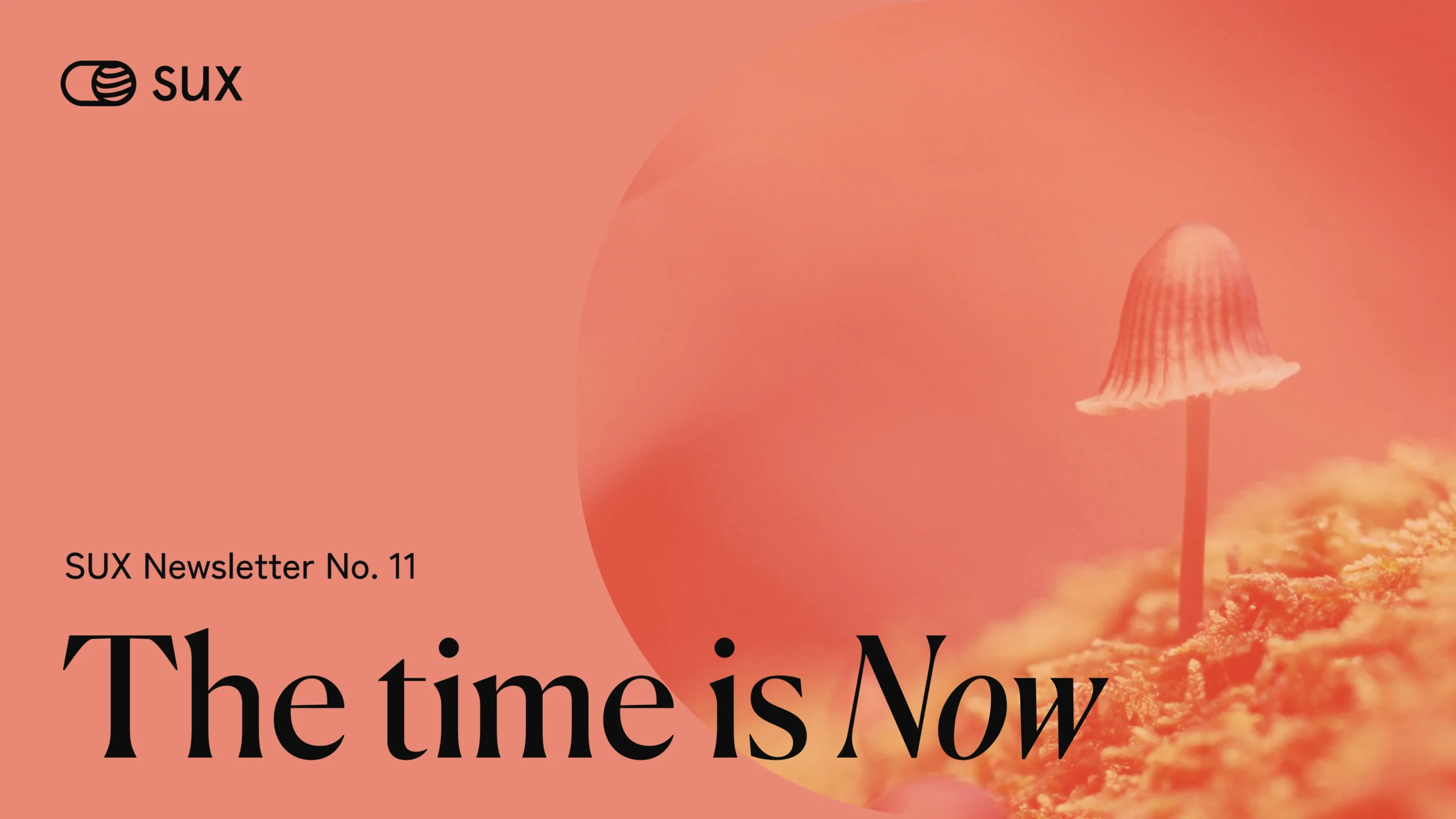As UX Designers (as well as all people involved in creating digital services, products and experiences) we shape digital experiences, which fulfill user needs and drive business goals. We fight for the user and try to design and create a user experience that fulfills the user needs as best as possible, while balancing it with business needs and necessities. But while we were trying to build the most convenient experiences for our users we probably have missed to ask ourselves, what and who else might also be impacted by what we design. How are our work and our creations impacting the world? How sustainable are the products we design?
Or as Tony Fry once said: “Does what we created justify what we destroy?” The digital products and services we design have a significant impact on the world. A simple example: the internet consumes a massive amount of energy. In 2020, it accounted for around 4% of global CO₂ emissions. By 2030, this number is expected to rise to 8%, and by 2040, to 14%. Breaking that down to a single website shows the impact more tangible: a website with 1 million visitors per month easily emits 10 tons of CO2 - per month. These carbon emissions are summarized from data centers, data transport and client devices. (Source: Green Web Foundation)
And the data centers where all the servers are located are not only causing massive amounts of carbon, because of their energy needs, they also consume a lot of fresh water that is used for cooling the servers. This water then is lost in the local context since it vaporizes. This is a massive problem in regions with water scarcity already. And at last the need for rare raw minerals which are necessary for the production of computer-chips is a huge ecological problem in the regions where these minerals are minded.
But this also leads to further important aspects of sustainability. Because it is more than “just” carbon and resource impacts. Sustainability and all its aspects are pretty well defined in the Sustainable Development Goals of the UN and we can find direct or indirect relations of our work to every single one of them. When we look at inequalities for example we can identify various negative impacts of digital products and also UX in detail to the world. Let’s have a look at two examples:
Amazon creates a pretty smooth and convenient experience for the user. It is super easy to shop, you get your stuff sometimes on the same day or on the next day. So, we could say, it is a very good user experience. But who is paying the price for this? Well, we have delivery drivers of Amazon's delivery unit who have super tight schedules, which could force them to skip lunch because it might be impossible to fulfill the schedule. Or we have truck drivers who move goods between Amazon’s different fulfillment centers, who sometimes work for weeks without even one day off (Source: Correctiv 2022).
Or let us have a look at food delivery services like Uber Eats, Flink, Wolt, etc. Again they create a pretty smooth and convenient user experience. Their apps are designed slick and it is super easy for me as a user to order food or groceries and after a short amount of time these are delivered to my home door. But, who pays the price? The delivery riders are not paid well and often are not even employed, but “self employed” - which means they are not social secure. In addition the business model of these services is focussing on gaining market share, backed by huge amounts of venture capital. Small grocery stores in our cities cannot match the pricing of these services and could go bankrupt. Instead of disruptive services we should rather call them destructive (Source: Beckedahl).
What we can see in these examples: The good User Experience for a user is quite often paid somewhere else. Being it by other people (like the delivery riders) or by the environment (by the environmental impact of the internet). And this is a fundamental problem of how we execute UX so far. By focussing on the user we miss all the other actors that are impacted by what we design and create. And there are always other actors. Every service or product or service is always part of a bigger ecosystem and interacts with it or impacts it.
Kevin Slavin said many years ago: “When designers center around the user, where do the needs and desires of the other actors in the system go? The lens of the user obscures the ecosystem it affects.”
The whole toolset of UX is designed to focus on the user. It puts the user in the center to understand her/his needs and desires to design experiences to fulfill them. Our UX toolset is missing the view on the affected ecosystem. Instead of putting the user into the center the user is just one part of many in a complex system and instead of focussing on one part we should target for a balanced state of all actors in the system. We need to move from a user-centered to a environmental and humanity centered design approach.
„We need to move from a user-centered to a environmental and humanity centered design approach.“ - Thorsten Jonas
This is not only a task for designers. It is a task for everybody involved in building digital products. 80% of the emissions of a product (no matter if digital or physical or both) are determined in the design phase - whereby design phase here means also the engineering and development, so everything happening from first idea to market-ready. We that we are designing, building and managing digital products can influence how they are impacting the world. And it should be our obligation, but it is also a great opportunity to make the world a better place.
As Designers we can play a leading role here, because our tool- and mindset can be the basis for creating digital services that cause less harm. We just need to adjust and enhance our toolsets and then we can use it in our work but also provide it to all other stakeholders in the process. Being on strategic level, in research, in ideation or in information architecture and UI design. We can add and need to add sustainability in every step of the process. Sustainability is not one step in the product building process, but needs to be an underlying layer in every step of the process.
Besides adjusting and enhancing our toolset the first step is the mindset sift we need to undergo. We must not see the user any longer as the center of our doing but balancing it with all other actors in the system and placing the user equal to all other actors in the system. This approach is similar to what the life-centered design movement or also the planet-centric design propagate. And that is also important All these - including SUX - are not contrary. The basis is the same thought: the user must not be the center of our doing as designers, since users are just one actor of many.
In summary, Sustainable UX is about redefining the goals of user experience design to embrace environmental stewardship and social responsibility. By expanding the focus from individual user satisfaction to the broader impacts on ecosystems and communities, UX professionals can help forge a path toward more sustainable and equitable digital futures.
You want to start using Sustainable UX in your work, project or product? We are finalizing the SUX Playbook at the moment and already published a first handful of tools with templates and descriptions. Visit our Notion Space to get templates for tools like Sustainable User Journey Mapping, Needs to Consequences Mapping, Actor Mapping and more: https://suxnetwork.notion.site/
Thorsten Jonas is the Founder of the SUX Network and a Sustainable UX and Responsible AI consultant and keynote speaker. He is guiding teams and companies in crafting sustainable, responsible and ethical digital products and co-leads as invited expert the UX Chapter of the W3C Web Sustainability Guidelines.
Sources:
Green Web Foundation, "Reference and Guide: Data Sources for calculating digital emissions", https://www.thegreenwebfoundation.org/news/data-sources-for-calculating-digital-emissions/
Correctiv, "Die Maschine Amazon", https://correctiv.org/aktuelles/ungerechte-arbeit/2022/11/23/amazon-kurierfahrer-lkw-logistikzentrum-paket/
Beckedahl M, "Die neuen Verteilungskämpfe", https://netzpolitik.org/2021/gorillas-start-up-die-neuen-verteilungskaempfe/



